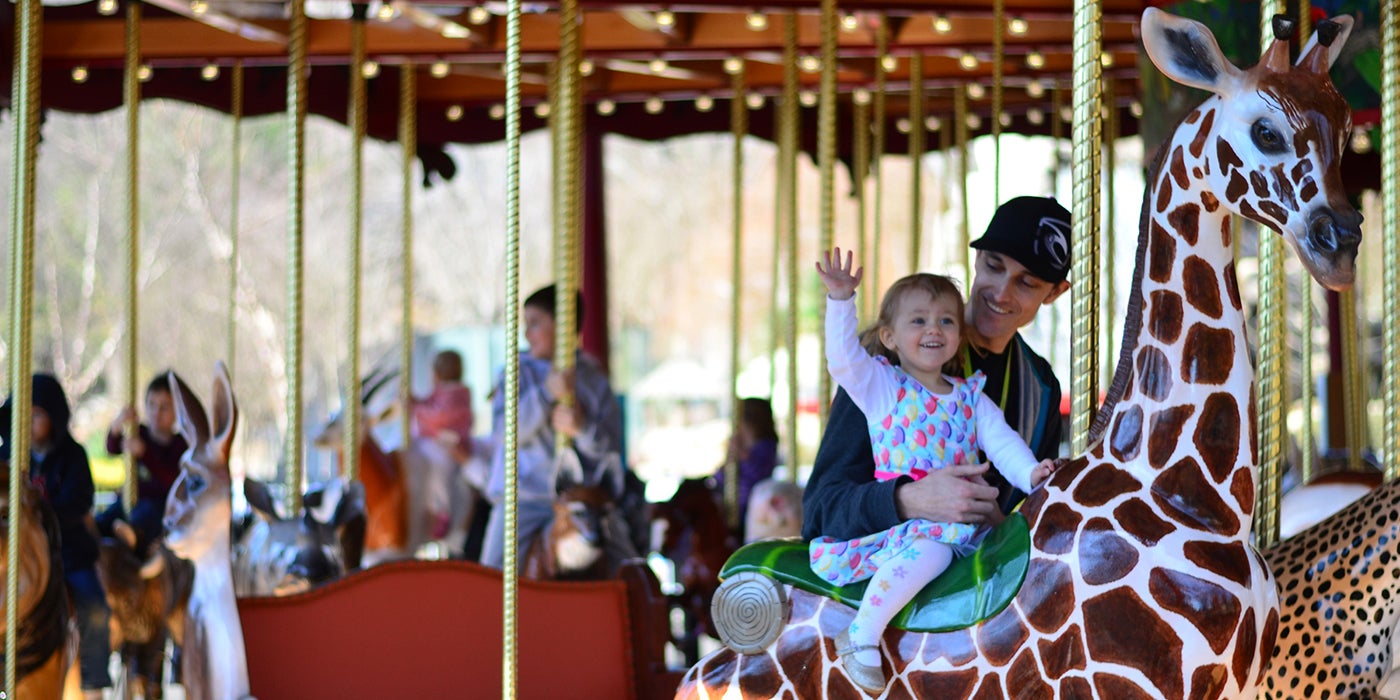Speedwell Conservation Carousel

Take a spin on the Speedwell Foundation Conservation Carousel, a one-of-a-kind experience guaranteed to delight. Where else can you ride a naked mole rat, giant panda, or an armadillo? Located across from the Zoo’s Lemur Island, the carousel features dozens of custom-carved and hand-painted animals under a brightly colored, open-air pavilion.
Winter Weather Tip: For safety reasons, the Carousel will close if the outside temperature is below 35 degrees Fahrenheit.
Accessibility
Wheelchair AccessibleTicket Information
Tickets for the Speedwell Conservation Carousel can be purchased at the carousel. Riders under 42 inches must be accompanied by an adult. All proceeds from the carousel support animal care and conservation science initiatives at the Smithsonian’s National Zoo.
All Zoo members enjoy unlimited free rides for up to 4 riders per visit! Become a member now or learn more.
